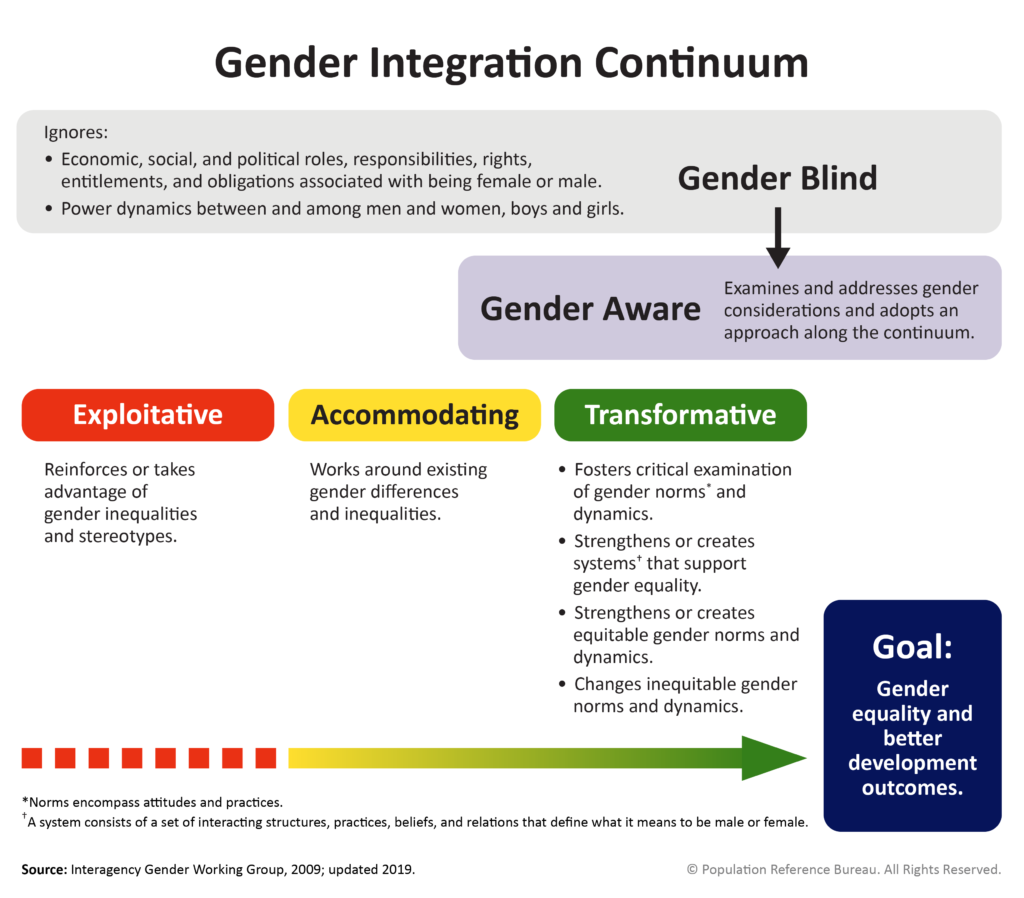Gender Analysis for Vaccine Response: Toolkit for Risk Communication and Community Engagement Actors
Breakthrough ACTION developed the Gender Analysis Toolkit for Vaccine Response for risk communication and community engagement actors working with national health authorities and other partners to develop, implement, and monitor a vaccine response. This toolkit provides practical guidance to identify gender related barriers that need to be addressed and identify opportunities that can be leveraged to enable a gender equitable vaccine response that increases coverage for all.


